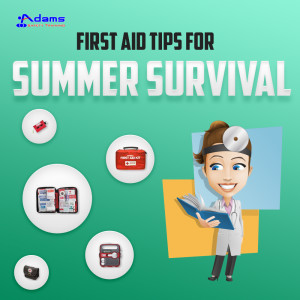Cardiopulmonary resuscitation (CPR) is a lifesaving technique that is performed with alternating chest compressions with mouth-to-mouth breathing. It is one of the most basic types of medical training provided to people. It can be very useful when it comes to providing immediate medical help to a person who’s suffered a sudden cardiac arrest. By reviving the heartbeat and breathing, CPR can provide the much-needed oxygen to the brain. This can save the life of a person.
There are two different levels of CPR training – CPR for medical professionals and CPR for non-medical professionals. CPR training provided to non-medical professionals and paramedics is different. Below are the three main categories under which CPR training class fall –
Adult CPR classes
These are the most basic type of CPR classes that are ideal for non-medical professionals. For adult CPR classes, you don’t need any medical know-how. They are of short duration and are usually completed in less than an hour. In adult CPR classes, people can learn how to perform CPR on adults and children above 8 years of age.
Infant CPR classes
Infant CPR classes are ideal for people who spend too much time among children. These include teachers, babysitters and other non-medical professionals. Knowing how to perform CPR on children can prove to be very useful when it comes to facing any eventuality. This training enables coaches to provide immediate medical help to infants and children below the age of 8 years.
CPR classes for medical professionals
These are advanced CPR classes for medical professionals. Be it nursing students or dental assistants, it is essential for every professional in a doctor’s office to possess an advanced CPR certification. These classes cover AED, ventilation devices and two-person CPR techniques. These classes are also called Basic Life Support for Healthcare Providers. Most hospitals and clinics have AED and it’s important for workers to know how it is used.
CPR training classes are for everyone. However, some people require CPR training more than others. Flight attendants, fitness instructors, social workers, construction workers, pool and beach lifeguards, jail personnel, teachers and child care providers should learn how to perform CPR technique. Knowing how to perform CPR can help you save the life of an individual!



